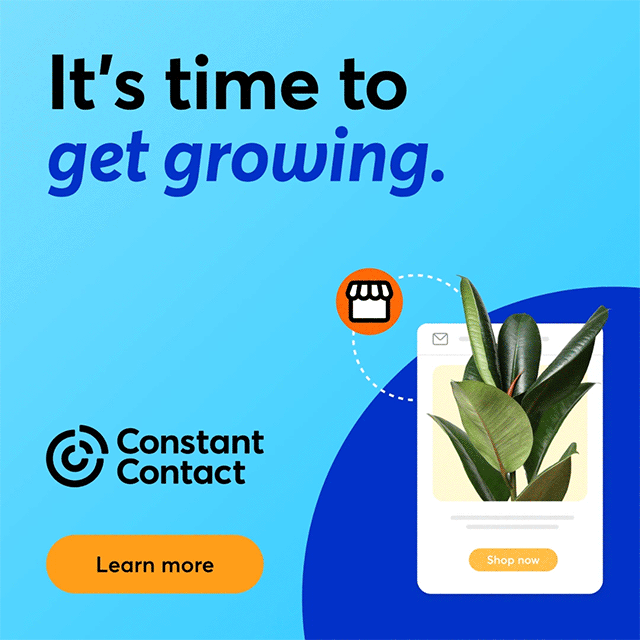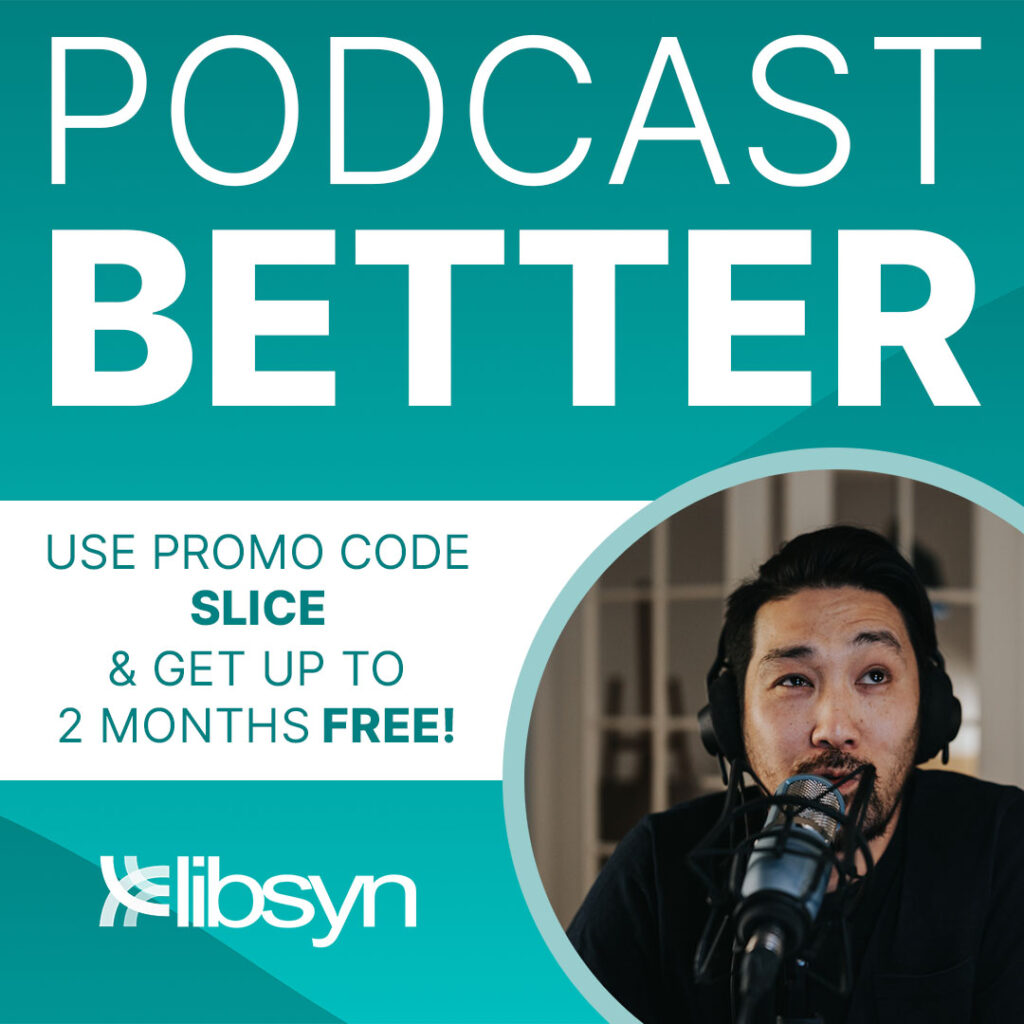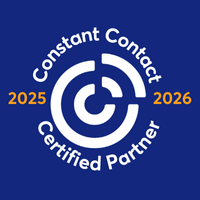This guest post is written by Pierre de Braux, a content strategist at Spiralytics who loves to read, write and learn about all things marketing-related. Join Pierre on his quest for glory @PierredeBraux.
When you’re generating leads, you need to master the art of telling people exactlywhat to do without actually saying it out loud. It seems simple, but it’s actually hard. Especially since people are becoming more and more protective of their privacy and what information they put online.
A clear, irresistible, and savvy call to action (CTA) is a key tool in any lead generation campaign. When a user visits your website or gets directed to your landing page from an ad, you need to have a clear CTA that’s not only interesting but also persuasive enough to convince them to take the next step—fill out forms, share their contact details, subscribe, etc. In this article, we'll share best practices to make your CTA work wonders for your brand.
Types of CTAs
Let’s discuss that various types of CTA you need on your website.
- Lead Generation. Its main purpose is to generate leads and entice visitors to become customers by offering valuable content in return. A lead generation CTA is usually placed at the end of blog posts or in the sidebar. It can also be a floating banner type that pops up after a few seconds or upon scrolling down a page. These are likely to be the most prominent CTA type and they usually direct users to a landing page where they have to fill out a form to gain access to gated content.
- Submission Form. The goal is to have the visitor fill out a form with their contact information and ask them to submit their details to the company database, usually to subscribe to a newsletter, email updates or to access a gated area of a website.
- “Read More” Button.A “read more” CTA helps identify interested users by leveraging their curiosity to learn more. Normally, content materials with these types of buttons only include a snippet or the first paragraph of an article. You can use this CTA type for news items and blogs.
- Social Sharing Buttons. We live in a world where people love to share what they find online. These buttons provide users with an easy way to share your content on social media.
- Lead Nurturing CTA. This type of CTA is designed for visitors who aren’t ready to take the leap yet. It entices them to check out offers such as free demos, product trials, and other content that they could get value out of, helping them move closer toward a purchase decision.
CTA Best Practices
- Your CTA buttons need to be highly visible, so colors matter. In general, red, green and orange-colored CTA buttons appear to have the best performance.
- When choosing a color, take into consideration your brand’s theme design. For instance, even if a green button works best, it might not be very visible if your website is mostly green.
- Be careful when matching colored buttons with colored backgrounds. Check the color wheel for colors that effectively contrast each other for maximum visibility.
- Keep on testing! Try different colored buttons and get input from your team about which ones pop out the most. You can also conduct split-tests to see which ones perform best.
- CTA buttons don’t need to be round all the time. Rectangular-shaped buttons can also do the trick. The shape can take inspiration from your product and branding.
- Limit the number of words you use in your CTA buttons. Don't fit too much into a small space.
- Text size should also depend on the space you have. For instance, if you only have three words to fit in a medium-sized CTA button, don’t blow up the size of the text to the point that it looks threatening, funny even. Keep it simple, elegant, but highly legible.
- Be creative and try button graphics. For instance, instead of a button type, make your CTA button look like a kiss mark if you’re selling cosmetics.
- Your CTA must inspire action from visitors. Use persuasive, actionable verbs such as “reserve,” “get,” and “try.”
- Refrain from using boring words such as “enter” or “submit.”
- Add a time element. Instead of just asking visitors to try something, improve it by adding “today.” This helps create that sense of urgency.
- CTA copy written in the first-person tends to have higher click-through rates.
- Keep it short and concise. The rule of thumb is to keep it under five words.
- A CTA button's ideal placement is on top of the web page or above the fold. This will reduce the chances of people missing it when they visit your website.
- If you have a long content, it makes sense to add CTA buttons to both the top and bottom of the page, so visitors who miss it initially have another opportunity to convert.
- You can also add a static CTA to your sidebar that scrolls with the page and is always visible.
- Every page on your website should have a CTA. Don't limit it to the landing page alone.
- If you have a regular blog, add a CTA after every blog post. You should also include social sharing CTA buttons to make it easier for interested readers to share your content.
- Don’t limit yourself to one CTA design. The CTAs on each page of your website can be treated differently. For instance, on the products or services page, it could be a trial or demo CTA. On the landing page, it could be the subscription form. On the blog, it could be a CTA link to a content upgrade.
Conclusion
Over 90 percent of people who visit your site and read your headline also read your CTA. Make that short window count and use it to convert them into customers. To do this, you have to come up with not just savvy and clever design, but also persuasive copy to coax visitors into taking action.
A great CTA can mean the difference between a website bounce and a new lead. Keep these best practices in mind the next time you create or edit your CTA to 10x your conversion rates!












